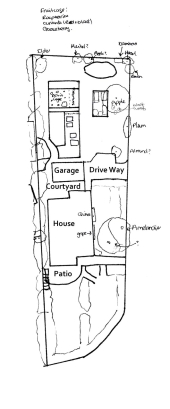
 2
2








"We're all just walking each other home." -Ram Dass
"Be a lamp, or a lifeboat, or a ladder."-Rumi
"It's all one song!" -Neil Young




Pecan Media: food forestry and forest garden ebooks
Now available: The Native Persimmon (centennial edition)
 1
1




 1
1




Action Helps...One Soul with Courage is a Majority. Success is a Journey, not a Destination See the Reaching! A Pessimist Sees the Difficulty in Every Opportunity...an Optimist Sees the Opportunity in Every Difficulty! -Whispers of Eden
 1
1














Action Helps...One Soul with Courage is a Majority. Success is a Journey, not a Destination See the Reaching! A Pessimist Sees the Difficulty in Every Opportunity...an Optimist Sees the Opportunity in Every Difficulty! -Whispers of Eden
 4
4








 4
4




Check out Redhawk's soil series: https://permies.com/wiki/redhawk-soil




John Saltveit wrote:
I don't see much of a need to experiment with quince from seed.
Pecan Media: food forestry and forest garden ebooks
Now available: The Native Persimmon (centennial edition)
 2
2









 1
1





 4
4










 1
1




Permaculture...picking the lock back to Eden since 1978.
Pics of my Forest Garden
 1
1








Permaculture...picking the lock back to Eden since 1978.
Pics of my Forest Garden
 2
2








Permaculture...picking the lock back to Eden since 1978.
Pics of my Forest Garden
 2
2














 1
1










|
I once met a man from Nantucket. He had a tiny ad
The new permaculture playing cards kickstarter is now live!
https://www.kickstarter.com/projects/paulwheaton/garden-cards
|







